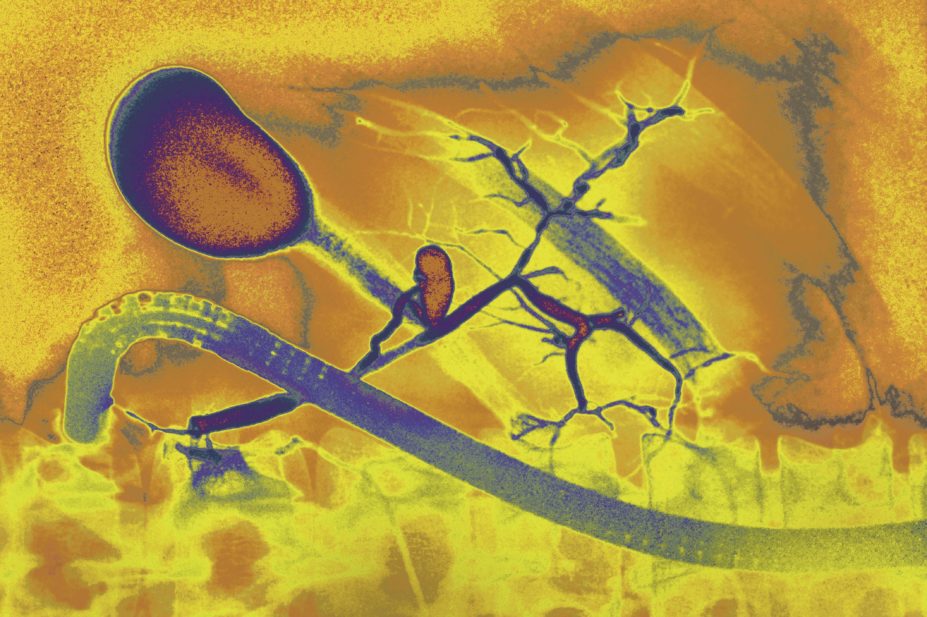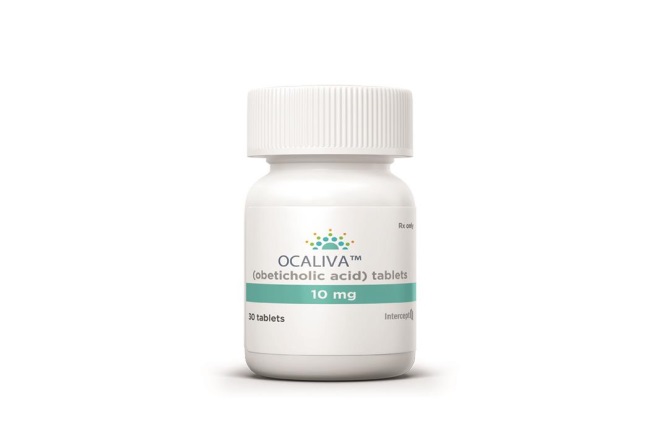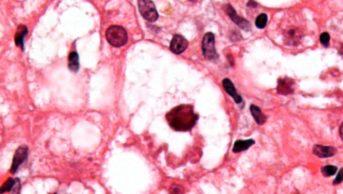
BSIP SA / Alamy Stock Photo
The US Food and Drug Administration (FDA) has approved a new drug called Ocaliva (obeticholic acid) for patients with primary biliary cholangitis (PBC).
The drug, which is marketed by Intercept Pharmaceuticals, has been approved in combination with ursodeoxycholic acid (UDCA) for the treatment of adults who have had an inadequate response to ursodeoxycholic acid alone. The new drug can also be used on its own for patients who can’t tolerate ursodeoxycholic acid, which was the first, and previously only, drug to be approved for the disease back in 1997.

Courtesy of Intercept Pharmaceuticals
Ocaliva can also be used on its own for patients who can’t tolerate ursodeoxycholic acid, which was the first, and previously only, drug to be approved for the disease back in 1997
PBC is a chronic disease that destroys the bile ducts in the liver, causing a build up of bile that can lead to liver failure that can lead to death. A liver transplant is often required to prevent this.
In a clinical trial of obeticholic acid versus placebo, levels of alkaline phosphatase (a measure of liver function) was reduced significantly more in the obeticholic acid group. Currently, up to 40% of patients treated with ursodeoxycholic acid do not have an adequate reduction in liver biomarkers.
“[The] approval of Ocaliva provides an important treatment option for patients living with PBC who have not responded to the only other approved therapy, UDCA,” said Amy Egan, deputy director of the Office of Drug Evaluation III in the FDA’s Center for Drug Evaluation and Research.
Obeticholic acid is taken orally and binds to the farnesoid X receptor in liver and intestinal cells, which decreases bile acid production and increases bile acid flow from the liver.
The most common side effects are skin itching, fatigue, abdominal pain, joint pain, pain in the middle part of the throat, dizziness and constipation.


